Operating Systems and Application Packages
Lab: Evolution of Computing
Video Runtime: 06:17
In the mid to late 1960s, technology advanced to the point where the human was the bottleneck in the computing process. It took time for the computer operator to prepare and load the next job. The tasks of loading the various programs, linking the programs together, and then executing the programs required separate manual steps. The solution was to automate these computer-specific tasks by developing software to control the computer and determine which programs to run. This era brought us the operating system (OS).
Think about the computer that is presenting this course to you. There are many different programs running it. Each of these programs requires resources from your computer, access to your network, and processing power. Before the OS, a computer operator manually handled the loading of the programs. The OS changed this manual process, giving the power to the computer to determine the control of the hardware and machine-level tasks.
What is an OS?
An OS is system-level software which manages the computer’s software and hardware resources, while providing a system interaction interface.
OS Timeline
In 1969 AT&T Bell Labs developed UNIX. Still in use today, UNIX is a multitasking and multiuser OS, which implements modular utilities that do one thing. Combining these utilities gives UNIX its power to perform complex tasks.
Then, 1981 gave us the IBM Personal Computer and Microsoft Disk Operating System (MS-DOS). Unlike UNIX, MS-DOS was targeted at the single user on a single machine. Shortly after, in 1984, Apple introduced the Macintosh personal computer and its Mac OS.
Structured Programming Languages
The 1970s started the revolution for a more logical, disciplined approach to programming, called structured programming. We saw new languages emerge, such as Pascal, BASIC, C, and C++.
Invented by Dennis Ritchie, C language allows programmers to gain control of the machine by interspersing assembly language-like statements, while maintaining the power of a high-level language. UNIX was rewritten in C in 1973. C is considered to be a middle-level language. Fast and efficient, C powers many of the languages even today. The PHP interpreter is written in C.
Application Packages
Usability and features drove the impetus for application packages. While Systems Programmers developed tools for low-level processes such as OSs, Applications Programmers focused on the user by providing rich graphical user interfaces to further abstract features and functionality away from the machine-level processes. Applications such as word processors, spreadsheets, and database management systems brought a new wave of utility and efficiency. Users no longer needed any programming skills to interface with the computer and get their work done.
You get WET when you swim. Stay DRY when you code.
Episodes
Total Lab Runtime: 01:07:56
